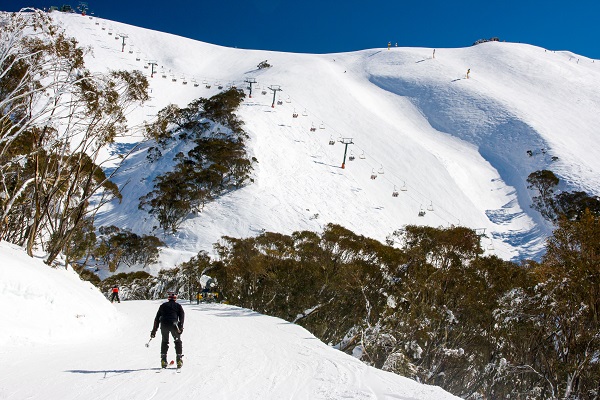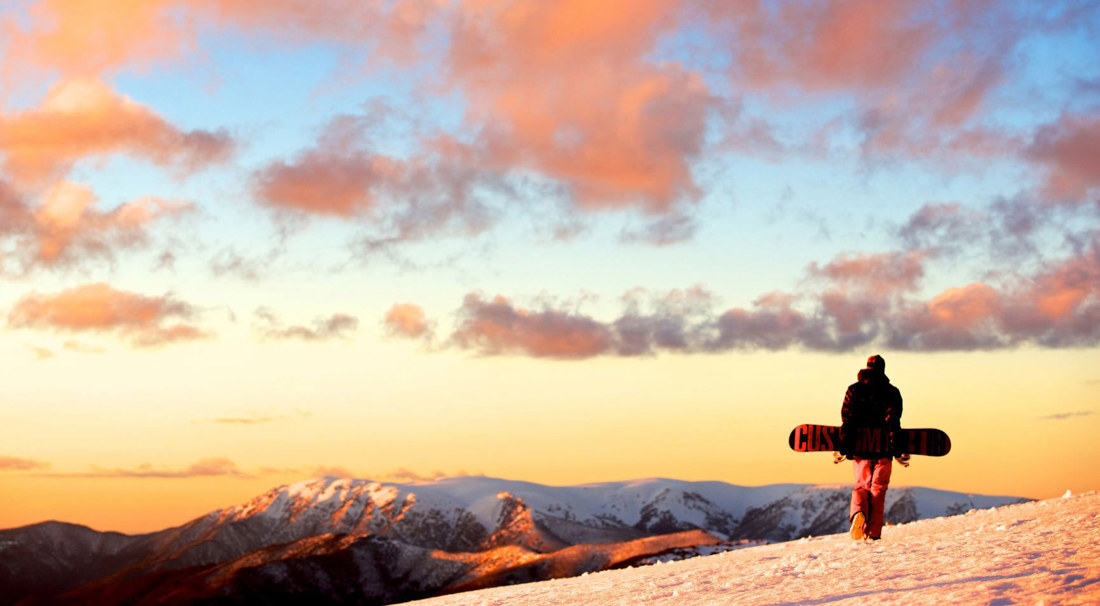Visit the Top-Rated Winter Destinations for Snow In Australia This Winter
Wiki Article
Discover the Fascinating Impacts of Snow in Australia on Regional Environments
Regardless of its track record for sun-soaked landscapes, Australia additionally flaunts areas buried by snow-- a sensation that profoundly influences the country's special environments. The insulating residential or commercial properties of snows shield plants and animals among the coldest winter seasons, while the melting snow supports rivers and marine life.The Unanticipated Regions of Snowfall in Australia
Although Australia is commonly related to sun-scorched landscapes and sandy coastlines, particular regions surprisingly experience snowfall. The high country areas of New South Wales, Victoria, and Tasmania are specifically understood for their winter season snow. The Snowy Hills in NSW, for circumstances, receive abundant seasonal snow, using a stark contrast to the nation's normal hot, arid environment. The Victorian Alps and components of Tasmania likewise see yearly snowfalls, changing the landscape right into a winter heaven. These locations are not simply abnormalities but indispensable parts of Australia's diverse climate system. The existence of snow in these regions dramatically affects regional communities, consequently influencing the nation's one-of-a-kind biodiversity. The specific influence on Australia's distinctive plants will be discussed in the next section.
Exactly How Snow Impacts Australia's Distinct Vegetation
These plants have actually developed to survive in severe conditions, with snow offering as a protective covering from extreme winds and freezing temperatures. The snow additionally adds to the dampness content of the dirt, supplying needed hydration for plant life during the dry summertime months. In essence, the snow influences the timing of flowering and seed dispersal, the growth prices, and the survival of lots of plant types, showcasing the detailed interaction between environment and vegetation in Australia.
The Adjustments of Australian Animal to Snowfall
Simply as Australia's plants has actually adapted to the wintery conditions, the local animals also, show impressive adaptations to the snowfall. Types like the Hill Pygmy-possum, the only Australian marsupial understood to hibernate, have actually progressed methods to survive in snowy settings. It uses the snow as insulation, hibernating in rock holes underneath the snow to stay warm. In a similar way, the Snow Skink, a varieties of reptile, alters its colour to white during winter season, offering camouflage versus killers. Birds such as the Snowy Mountains' Crimson Rosella additionally adjust their diet regimens to eat readily available food resources throughout colder periods. Therefore, regardless of the severe problems, Australian fauna shows a resilient and adaptive nature, ensuring their survival in areas experiencing snowfall.The Function of Snow fit Neighborhood Environments
Fit the local ecological communities, the role of snow in Australia is both multilayered and profound. It affects the circulation of vegetation and animals, largely specifying the biodiversity of sub-alpine and towering regions. Snow supplies an essential water source, feeding rivers and reservoirs as it melts, hence sustaining a selection of water life kinds. Furthermore, snow functions as an insulator, protecting ground-dwelling microorganisms from extreme cold. It plays a significant function in soil development and nutrient cycling. The periodic freezing and thawing of dirt induced by snowfall fosters the break down of rocks, boosting soil fertility. The presence of snow forms the greenery patterns, animal behavior, and general sustainability of Australia's unique ecological communities.
The Future of Snowfall in Australia: Ramifications and predictions

Offered the important duty snow plays fit neighborhood communities, the future of snowfall in Australia is attracting enhancing attention from conservationists and researchers. Existing climate models predict a substantial decline in snowfall as a result of global warming, with potentially profound influence on neighborhood ecosystems. Less snow could lead to lowered water accessibility in towering regions, detrimentally influencing wildlife environments and plant life. It might modify the timing of seasonal changes, interrupting the life cycles of several indigenous types. The tourist industry, heavily reliant on the wintertime snow period, may likewise encounter significant challenges. For that reason, recognizing these predictions and their implications is critical to create reliable preservation approaches, ensuring the conservation of Australia's one-of-a-kind biodiversity and the sustainability of its economic situation.
Conclusion
The function of snow in Australia's ecological communities is pivotal yet often ignored. It functions as a guard, a nurturer, and a shaper of varied towering types, contributing to the splendor of Australia's high country. As climatic patterns remain to change, understanding the ramifications and potential changes of these snow-influenced ecosystems is crucial. Hence, the snow in Australia is greater than an all-natural spectacle; it's an essential gamer in the country's ecological story.In spite of its online reputation for sun-soaked landscapes, Australia also boasts regions buried by snow-- a Does It Snow In Australia sensation that profoundly influences the country's special communities. It utilizes the snow as insulation, hibernating in rock crevices below the snow to stay warm - Does Australia Get Snow.In shaping the regional communities, the duty of snow in Australia is both multilayered and profound. The existence of snow forms the plant life patterns, pet behavior, and overall sustainability of Australia's one-of-a-kind ecosystems
Provided the important duty snow plays in shaping regional communities, the future of snowfall in Australia is drawing boosting attention from researchers and conservationists.
Report this wiki page